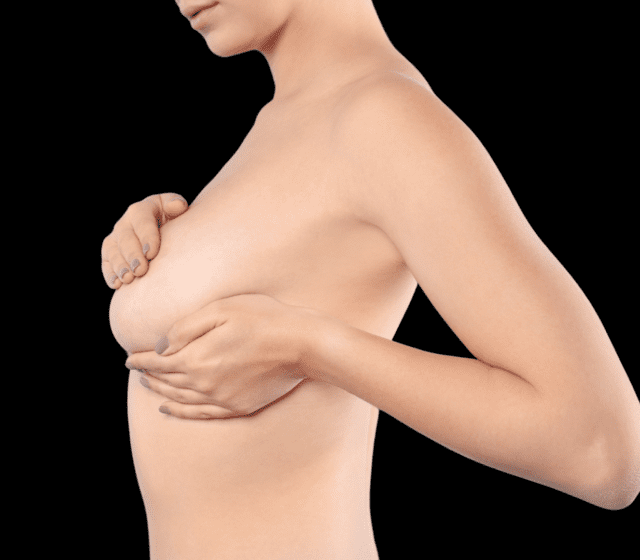


Whenever an implant is placed in the human body a tightly woven scar made of collagen fibres will form around the object. This represents the response of our immune system to the foreign object in order to isolate it. This is also the case for breast implants and is referred to as a capsule.
Capsular contracture occurs when this capsule gets tighter and starts to squeeze the implant which can distort its shape and also the shape of the breast. The presence of capsular contracture is a risk factor for implant rupture and also can account for the presence of implant rippling. It is the most common cause for having surgery again following breast augmentation.
Its severity is graded depending on touch, appearance and pain. The grades are:
Whenever an implant is placed in the human body a tightly woven scar made of collagen fibres will form around the object. This represents the response of our immune system to the foreign object in order to isolate it. This is also the case for breast implants and is referred to as a capsule.
Capsular contracture occurs when this capsule gets tighter and starts to squeeze the implant which can distort its shape and also the shape of the breast. The presence of capsular contracture is a risk factor for implant rupture and also can account for the presence of implant rippling. It is the most common cause for having surgery again following breast augmentation.
Its severity is graded depending on touch, appearance and pain. The grades are:
The risk for a patient to develop an increasingly tight capsule is related to certain risk factors.
These include revision surgery (repeat breast surgery), infection around the implant, bleeding around the implant (haematoma), whether the implant is above or below the muscle and also the implant surface type. Dr Rory also uses specialized techniques to reduce these risks when he performs breast augmentation surgery.
He exclusively uses Motiva breast implants with a surface that has been designed to reduce the immune response from the body and therefore reduces the risk of complications related to the capsule, including capsular contraction. Data since 2010 indicates a capsular contraction rate of less then 1%.
These devices have a nanotextured surface and are regarded as a smooth implant which also reduces the risk of a rare complication known as breast implant associated anaplastic large cell lymphoma (BIA-ALCL). If you do have textured implants its important to know the latest data on BIA-ALCL indicates that it occurs in 1 in 25,000 patients with textured implants. For comparison the risk of breast cancer in a lifetime is 1 in 8 women.
The treatment for capsular contraction involves surgical removal of the capsule, exchange of the existing implants for implants with lower risk of capsule development and also often placing the implants in a new pocket underneath the muscle. An additional treatment may involve fat transfer to the breast with fat taken from liposuction from another part of the body.
If a patient wants to remove the implants completely without replacing them, they can opt for this. They must accept a smaller breast size and may require a breast lift with or without the addition of fat transfer.